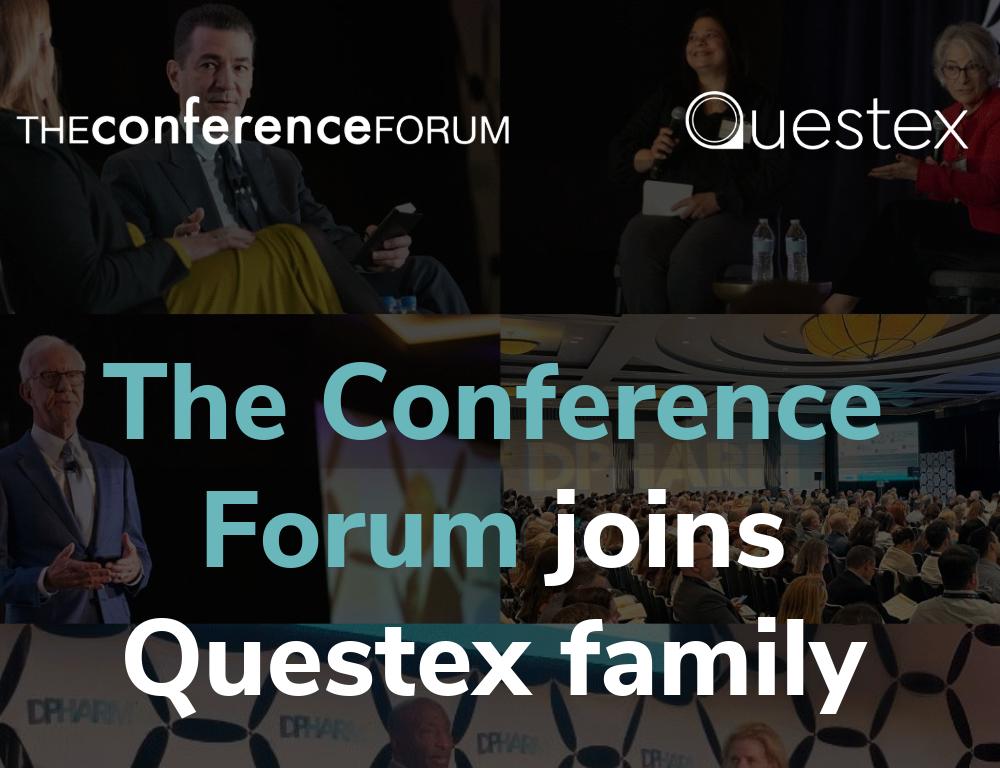BMS on Preparing Clinical Research for the Patient of the Future
What does the "patient of the future" look like and what does that mean for the future of clinical research? In this interview, Hassan Kadhim, Head of Clinical Trial Business Capabilities, Global Development Operations, discusses how they are improving their work at BMS to make way for the future.

What are the parameters for identifying how and where to implement an innovation?
There’s always a need to improve something. There are always some pain points somewhere that we can certainly look to solve for. My team is well-positioned because our capabilities span the clinical trial journey spectrum. Our capabilities span from generating clinical trial awareness, into patient recruitment, all the way to collecting data from clinical trials and generating the study report. So we have plenty of pain points that we can look at, that could give us either some improvement for patients or sites or even our staff, or potentially in some cases, we think of a competitive advantage.
We start with the pain points that we or our stakeholders are facing. Then we look for solutions for these pain points. Then we quantify and qualify the risks that those innovative solutions come with. If the risk-reward ratio is favorable, and if there is a potential for scaling any particular innovation, then we make a business case and we embark on it.
What are some of the pain points that are coming up in your work?
In terms of the pain points, these are relatively the same across the industry. The biggest one during COVID was access to clinical trials. When COVID disrupted the industry, access became a much larger problem than it was before. Another is how to create more awareness for patients; how do we enable a referral process, for example, to support patients into enrolling or even just getting information about clinical trials? How do we enable a wider diversity of patients into our studies?
Another is automation. We all want to do more work more effectively and efficiently. And certainly anything related to decentralized trials today, especially post-pandemic, is definitely a focus, where it comes down to access again. Can we, through decentralized trials, enable more access to our clinical trials? Can we make it easier for patients and for sites to enroll in clinical studies? Can we make it more flexible for patients to participate, through different options? These are specific pain points that we are looking at improving through clinical innovation.
"What does the patient of the future want? We see a patient that wants to interact with all kinds of industries at their own pace. We’re in the era of personalized everything."
You mentioned COVID as a disrupter. What is the new, more sustainable equilibrium that you’d like to see in the industry, after we emerge post-pandemic?
What happened when COVID first struck, we were all in survival mode. We were looking for solutions that would help us immediately. We wanted to scale these solutions, because all of our clinical trials are suddenly affected. And scaling something that big in such a short period of time is not easy to do.
There were decisions to go fully remote in some cases, especially at the peak of the pandemic. But what we realized is that a fully remote world is not necessarily desirable. You look at, for example, grocery shopping: sometimes you want to go to the store. It’s the same for healthcare and for clinical research; there needs to be a blend of options that are available. The pandemic made us more used to doing remote visits or remote interactions throughout our lives and particularly in healthcare and research. What I would like to see is taking these and making them acceptable options for patients. Now, that doesn’t mean to transform all of our studies into being fully remote. I think what would be desirable is that decentralized channels are fully enabled. Then we allow our study teams to design their protocols in a way that provides these options for patients, where different patients, depending on the study or what happens in a specific visit, may choose to go to the site or to do things remotely from home. These would be options that are sustainable in the long term, so that it becomes a standard option for clinical researchers.
What would be necessary to get to that point, either in technology, process, change management, etc?
The technology is the first thing that we need, plus the implementation in actual studies and in real patients, not just proofs of concept. That’s where we need to start. During the pandemic, we’ve seen a lot of activity and a lot of investments in that space where the technology really quickly accelerated in terms of features and ability to solve the issues that we had.
But the other thing really needed is a cultural change in the way that we design our studies. We need to find ways to enable more control while we still have flexibility. Oftentimes, we interpret control as less flexibility. But we need to move to a way of thinking where we still maintain that control, while allowing for the flexibility that is required. And in some cases, it’s understandable that there is no flexibility, for example with specialized physical exams, or specialized procedures that must be done in a healthcare setting. But in many cases, we can write our protocols to provide for that flexibility without necessarily losing control. By distributing responsibilities for the clinical trials across different partners, we may be able to reach that point. Technology is one part but then a lot of the rest is processes, procedures, and working with different partners that enable this kind of flexible ecosystem and clinical research.
What does “innovation” mean to you, and your work?
I think, inherently when we talk about the word “innovation,” the word “risk” has to be considered as well. We do innovation to improve something but the very nature of innovation being something we’ve never tested, there’s some uncertainty around it and that uncertainty translates into risk. So in my mind, innovation comes with risk. And we have to accept that. And once we’ve done that, then it’s about managing the risk-reward ratio, making sure that when we bring in innovation, we understand what risks this innovation comes with, how to mitigate those risks to minimize the risk and maximize the value. If there’s no risk, that isn’t innovation. And if there’s no reward, if there’s no value, that would also not be called innovation. The true innovative companies are those that bring the risk down and optimize the value.
Part of your role involves change management. What is the required change management to facilitate the adoption of innovation?
Oftentimes, people spend a lot of time talking about innovation, because it’s exciting, but spend a little time thinking about the change that this innovation may bring, and how to manage this change to make it sustainable. Ultimately, innovation that you cannot implement in my mind is not innovation. For example, there must be a solid communication plan; there have to be considerations around training resources, who is impacted and who the stakeholders are; there must be measurements of adoption. Without them, innovations would not be sustainable and we would not observe real value in real progress.
You’re a strong advocate for using digital technology to cater to the patient of the future. What does “the Patient of the Future” look like?
We talk about millennials as the patients of the future, but millennials are in the marketplace today. They’re working there, they’re active. They may be the patients of the future, but there’s another generation behind them. That generation will be even more tech-savvy, that will have much more comfort with leveraging technology, and they may come to expect it in all of their interactions.
We want to create better health outcomes for the population of the future. But what does the patient of the future want? We see a patient that wants to interact with all kinds of industries at their own pace. We’re in the era of personalized everything. For a generation that’s growing up in that environment, I think they will want to have a personalized experience through their healthcare or if they have to participate in clinical trials. They will come to expect it. It’s today that we are making the change that will be sustainable for tomorrow.
"Innovation that you cannot implement is not innovation. There have to be considerations around training resources, who is impacted and who the stakeholders are."
You have advocated for greater patient data return. What are the broader implications for the patient- research relationship?
If we try to extrapolate to the future, perhaps 10 years from now, we would hope that there is an increased comfort with exchanging data across the ecosystem. And that data will become even more of an asset across the healthcare ecosystem.
There could be more expectations from patients in all of their healthcare interactions, whether it’s standard of care or clinical research, to get their data after every interaction. You go to the doctor for a health care visit, you want to make sure you have access to your data, probably in a digital format, that you can review anytime, and that you can bring to another provider to get a second opinion. The ecosystem will hopefully evolve to a point where the exchange of data is just second nature – that after every interaction, you get your data – clinical research won’t be in a good place if we have not evolved in that direction by that time. That patient of the future will come to expect getting their data in some digital format that they could use and reuse abundantly.
Where could innovation impact and improve how sites are operating?
Right now a site that wants to participate in a clinical trial must create multiple versions of everything. I would like the industry to move forward with enabling research sites to use their own technologies across the board. That means, for example, delivering and designing standards for eSource so that we can get the electronic data either from health records or from the site’s own data capturing system into the sponsor systems. And in some cases, there will still be some sites that don’t have the ecosystem or they don’t have the resources. And these could benefit from leveraging the sponsor’s resources. It comes down to providing these options for sites and removing some of the rigidity that we currently have in the system, to make clinical research more streamlined and easy for sites, and therefore enable more access to research for patients.
For more information on DPHARM: Disruptive Innovations to Modernize Clinical Research, visit DPHARMconference.com. To watch Mr Kadhim speak on crossing the innovation gap, click here.







